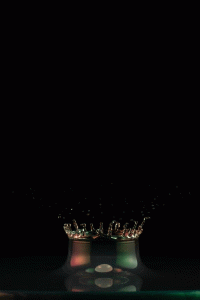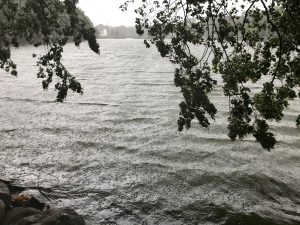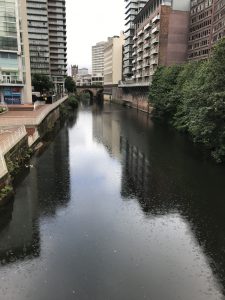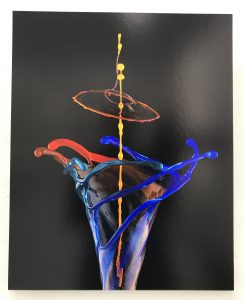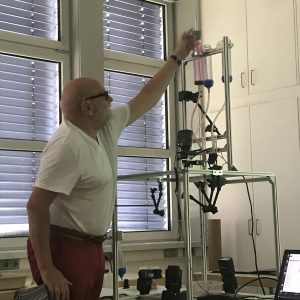
Mariotte’s bottle: A nifty trick to control “reservoir height” in #dropphotography
In earlier posts on drop photography, you might have noticed that the reservoirs for the water that drops out and creates the beautiful liquid art has a weird cork on…
